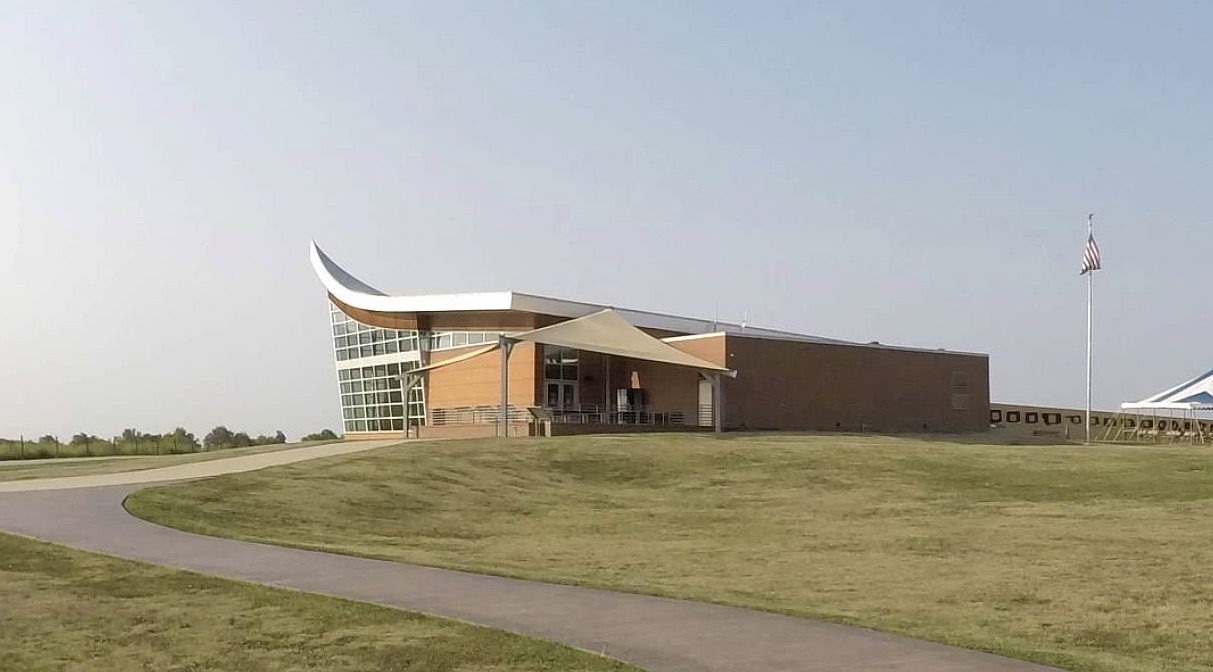
Overview
Homestead National Historic Park commemorates the passage of the Homestead Act of 1862, which allowed Americans to claim up to 160 acres of federally owned land. In order to claim the land, homesteaders had to prove up their claims by showing they lived on the land, built a home, improved the land, and farmed the land for five years. By offering the land for free, the government hoped to give everyone a fair chance in life.
It is the purpose of our government to elevate the condition of men, to lift artificial burdens from all shoulders and to give everyone an unfettered start and a fair chance in the race of life.
President Abraham Lincoln, 1861
Daniel Freeman made the first claim under the Homestead Act on a parcel of land located near Beatrice, Nebraska on January 1, 1863. Shortly after Freeman’s death in 1908, residents of Beatrice began discussing creating a park to memorialize the first homestead. In 1934, the National Homestead Park Association formed to lobby Congress, and in 1936 Homestead National Monument was founded on part of Freeman’s original claim. The park was rededicated Homestead National Historic Park on January 13, 2021.

Visiting the national historic park
Start your visit at the Homestead Heritage and Education Center. This beautiful building was designed to look like a single plow moving through the Nebraska prairie. A lot of planning went into the design of the Heritage Center. The parking lot is exactly one acre to give visitors an idea for the size of the unit of measurement. Along the sidewalk to the front door, visitors pass the Living Wall – a concrete barrier with the shape of each state in which a homestead was claimed with a portion removed to show the proportional share of land claimed under the Homestead Act.

The Heritage Center sits on the site of the first homestead, and inside it visitors can see the tractor owned by Ken Deardorff, the last person to make a claim under the act. The Center also has exhibits that explain how claims were “proved up.”

Palmer-Epard Cabin
Just outside the Heritage Center, the Palmer-Epard Cabin stands as a representation of what homes on nearby homesteads were like. The cabin was built in 1867 by George Palmer about 14 miles northwest of where it sits today. It’s main room measures 14 by 16 feet. In 1880, the Palmers added a 10×12 lean-to addition to the back of the cabin.

Freeman School
Just down the road from the Heritage Center, the Freeman School held the record for the longest continuously used one room schoolhouse in Nebraska. In addition to serving as a school, the local Lutheran Church met in this building for several years. The Freeman School was also subject to a famous Nebraska Supreme Court case, Freeman v. Scheve, et al. in which Daniel Freeman sued the school because the teacher used the Bible and religious hymns in violation of the Nebraska constitution.

Homestead National Historic Park celebrates unique legislation that allowed Americans to become property owners. We learned a lot during our short visit!
Click here for more Land of Liberty Explorers!
Like this post? Be sure to pin it!



